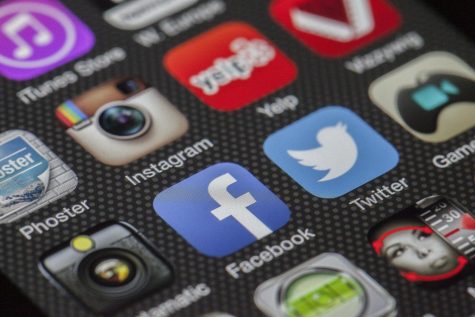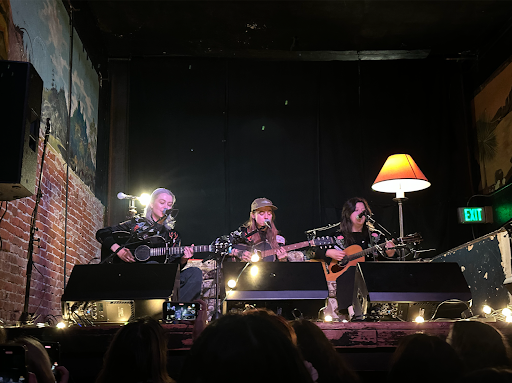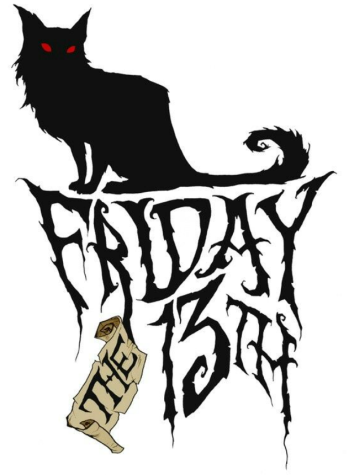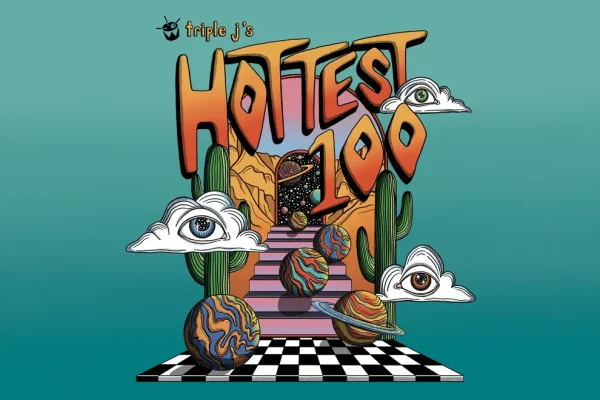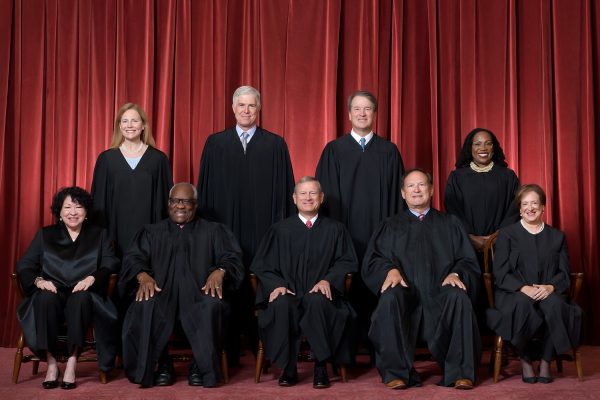Was Valentine’s Day Always a Commercial Holiday?
The Origins of Valentine’s Day
Valentine’s Day is just around the corner, and while it is a globally observed celebration, how many people actually know the origins behind the holiday? Before Valentine’s Day was a consumerist holiday, it was a day of remembrance for Christian saints as well as an ancient pagan celebration.
Although the exact origins of Valentine’s Day are unclear, most historians point to Saint Valentine as influential in its creation. The title of “Saint Valentine” is actually attributed to at least three separate people by the Catholic Church. One Saint Valentine is claimed to have defied the unjust laws that prohibited marriage for ancient Roman soldiers by performing secret weddings for members of the Roman army.
Others argue that the holiday is actually in remembrance of Saint Valentine who helped Christians escape from Roman prisons in the mid 3rd century. Yet another Saint Valentine was rumored to have sent love letters, which explains the romantic traditions of the modern holiday. Each of the Saint Valentine’s have been martyred and are revered for their heroic and romantic natures, and their contributions to ancient society are still celebrated each year.
Valentine’s day can also be traced back to ancient pagan holidays that took place around February. Lupercalia, an ancient Roman holiday, was a brutal and dark celebration that was outlawed by the pope and then combined with the celebrations of Saint Valentine in the 5th century. The holiday celebrated love and can be seen as an explanation for current Valentine’s day traditions.
Valentine’s Day first became the holiday we now know in the 15th century. Shakespeare is credited with romanticizing the holiday within his plays Hamlet and A Midsummer’s Night Dream. Both plays greatly influenced mainstream European culture in the 15th and 16th centuries and were therefore influential in the popularization of the holiday. Through its glamorization, Valentine’s Day became a romantic holiday that spread first throughout Europe in the middle ages and then across the globe.
As society progressed and evolved, so did our means of celebration. Buying gifts, giving chocolate, and spending money on loved ones became our modernized form of recognizing the ancient holiday. Though we no longer think about the ancient context of the now consumerist holiday, Valentine’s day remains important in modern culture. And while it is no longer the remembrance of martyrs or the dark celebration of pagan religion, Valentine’s day is a fun and lighthearted holiday that everyone around the world is free to enjoy.
Isabella is a junior at BASIS Independent Brooklyn. She loves exploring psychology and science and is passionate art and photography. Outside of school,...





